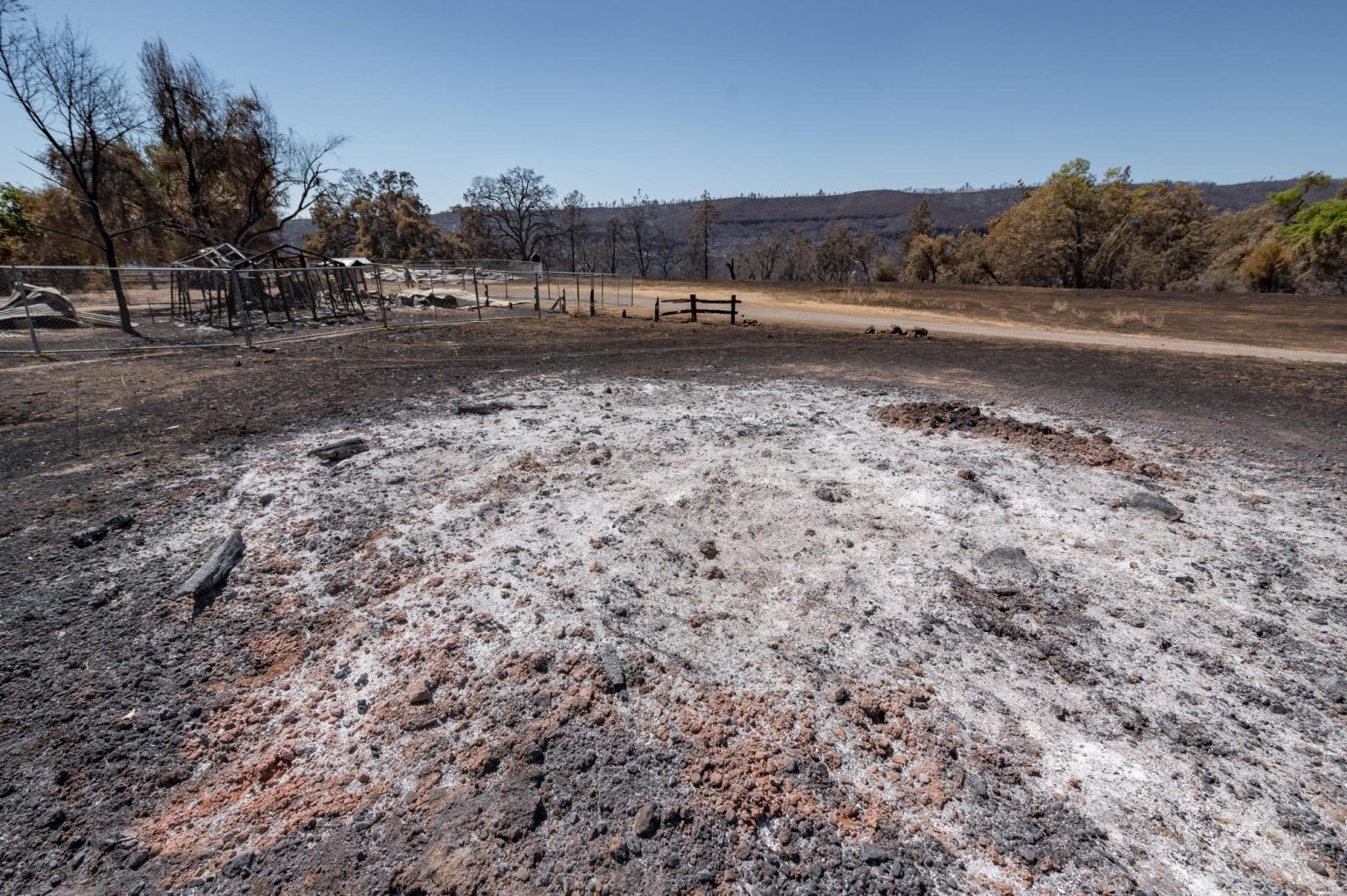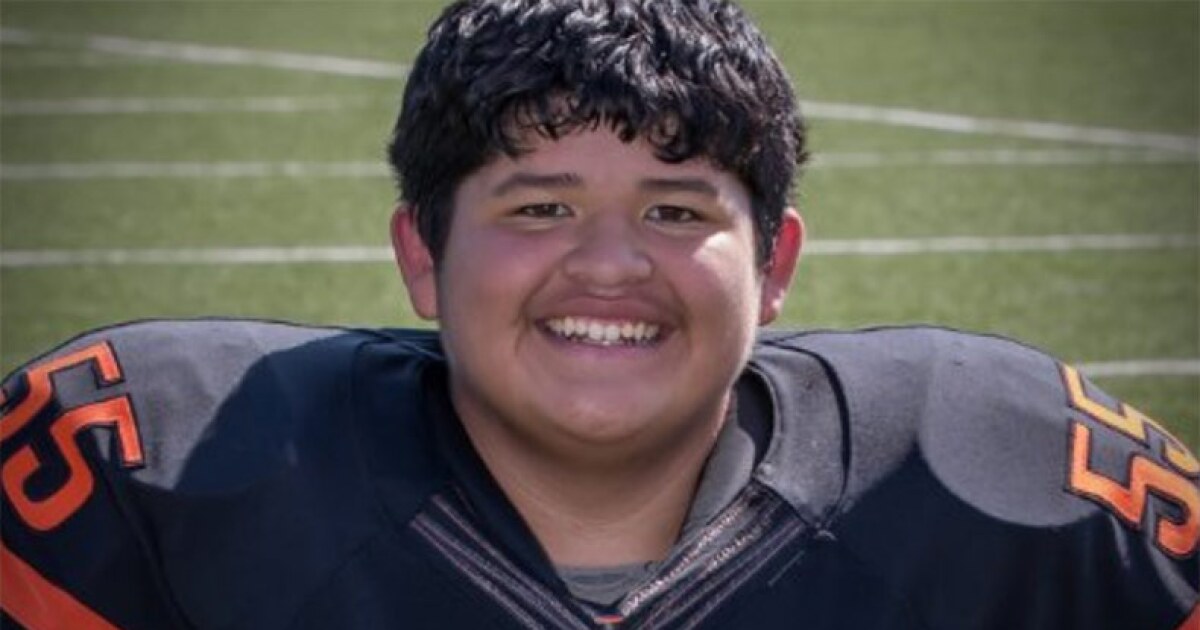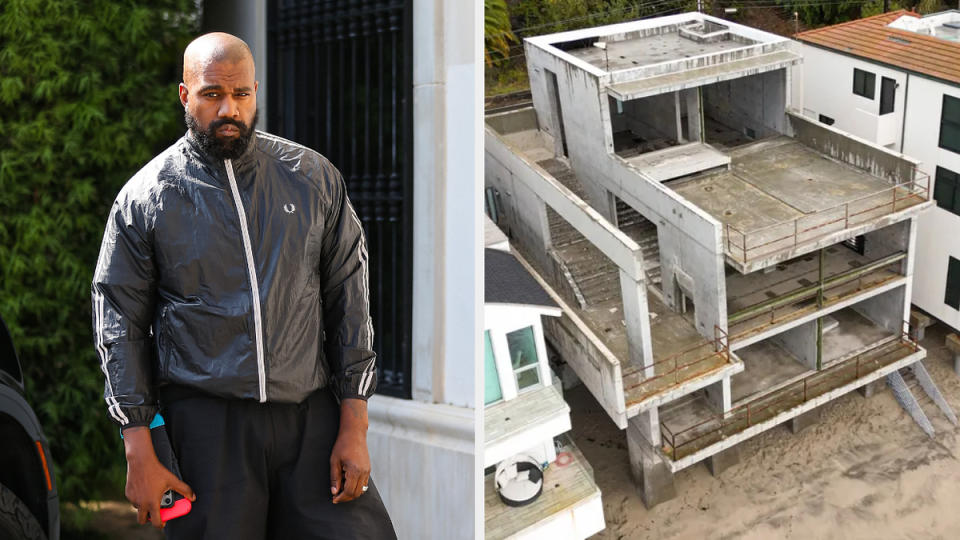The Park Fire is the latest, and one of the largest, in what is becoming a yearly trend of wildfire-related crises in California. Yet, with each crisis comes new opportunities to learn and to improve our ability to steward natural spaces.
The Park Fire is the fourth largest fire in California history. It has burned 429,603 acres and is currently at 99% containment, CAL FIRE states. That enormous footprint includes the vast majority of the 7,835 acres that encompass the Big Chico Creek Ecological Reserve, BCCER.

The staff at BCCER consists of 12 full-time employees and about 40 part-time employees made up of Chico State and Butte College students, recent graduates and some community members.
Eli Goodsell has been the executive director of the reserve since October 2017.
The natural spaces at BCCER provided a wide range of learning opportunities and employment that immediately came to a halt when over 95 percent of the reserve was directly impacted by the Park Fire over two days from July 25-26, according to Goodsell.

The office building, a historic barn and residence, as well as some storage buildings were all destroyed. Fortunately, the workshop and cache of materials used to work on prescribed fires were spared.
“We lost a lot of our infrastructure up there, but we were left [with] the tools to do the work on the land,” Goodsell said.
The priorities
A great deal of work is needed in the coming months to abate the environmental impact of a wildfire of that magnitude, the number one priority being an ecological emergency around sedimentation post-fire.
“Between now and the winter rains, our priority is keeping that sediment on the hill slopes, slowing water down, catching the sediment so that we’re not sending all of that into Big Chico Creek. It would ruin that ecosystem,” Goodsell said.

BCCER is working with partners from the Mechoopda Tribe, City of Chico Parks Department, Butte County Resource Conservation District, private landowners, other nonprofits and local businesses to identify and implement projects aimed at increasing sediment retention, Goodsell explained.
BCCER has been under contract with CAL FIRE for just over a year, which includes data collection, so there is plot data on prescribed burns that was collected just weeks before the fire.
The data is accurate, relevant and timely, which will allow them to return to plots year after year to see how landscape and vegetation have changed due to the wildfire impact, according to Goodsell.
The people
The safety of the staff, their mental health and fiscal security were Goodsell’s most immediate concerns after the fire.
Once risk management protocols were in place, they started to bring their staff back to the reserve with Ecotherapy Program Manager Blake Ellis, a graduate of the psychology program at Chico State.
Their goal immediately after the fire damage was to be present in the space, to take the time to feel what the land was like after the fire and to focus on grieving and processing the loss.
“For anyone who’s ever lost a loved one, people need the chance to say goodbye, to witness and acknowledge their loss and to find some sort of closure and understanding. For BCCER staff, this land is a loved one … If our trauma and loss happen collectively, then our grief, mourning and healing should happen collectively as well,” Ellis said.
Goodsell noted that, in some ways, the land and the people have shown their resiliency. Just two and a half weeks after the fire, milkweed and purple needlegrass had already begun to grow. The emergence of native species has been a comforting reminder to his staff that the work they did to propagate native species was not in vain.

In the past, BCCER served 1,200-1,400 fourth and fifth-grade students in outdoor-education programs each year. Fortunately, they maintain a strong relationship with the Mechoopda Tribe, so much of that programming will be shifted over to their land by Butte Creek, Goodsell explained.
The reserve will eventually be open during the fall semester to classes, researchers and others, but there will be longer approval processes and some restrictions, and there is not yet a definitive timetable.
Currently, anyone who is visiting must always have a wilderness first responder or wilderness first aid certified staff with them, according to Goodsell.
Jacklynn Rodriguez, a former Chico State student, studied environmental science with a focus in applied ecology. She is currently a leader on the fire research team, which conducts surveys and manages data.
“It has been amazing to consider all the different aspects of the ecosystem and learn how they work in conjunction with each other,” Rodriguez said.
She felt shocked when she heard how much damage the fire had done to the reserve, but she never lost hope that the resiliency of the land would allow it to recover.
“I see that students will have an excellent opportunity to study wildfire effects on the land,how native species respond and how important land stewardship in areas like the reserve is, especially now, post-fire,” Rodriguez said.
The possibilities
The BCCER’s 7,835 acres is a learning laboratory, before all else. Their mission is to teach and learn, but it is also to affect and influence areas well beyond Chico State.
“As wildfires continue to impact the American west, others can learn from us,” Goodsell said. “In terms of asking questions, whether it’s a master’s thesis or undergraduate work, there’s a real opportunity to launch people into careers in research and academics around fire ecology and restoration.”

On Aug. 28 they launched a crowdfunding campaign to support their stewardship of the land as they begin the difficult recovery. Donations up to $40,000 made through Sept. 8 will be matched dollar for dollar by the Chico State University Foundation.
“If we’re going to truly be able to take advantage of this opportunity and manage our ecosystems in a way that can be a best practice that will reverberate out, it’s going to be the community support that we see in the next few months that comes in that allows us to be nimble and to be innovative,” Goodsell said.
Sean Shanks can be reached at [email protected].



